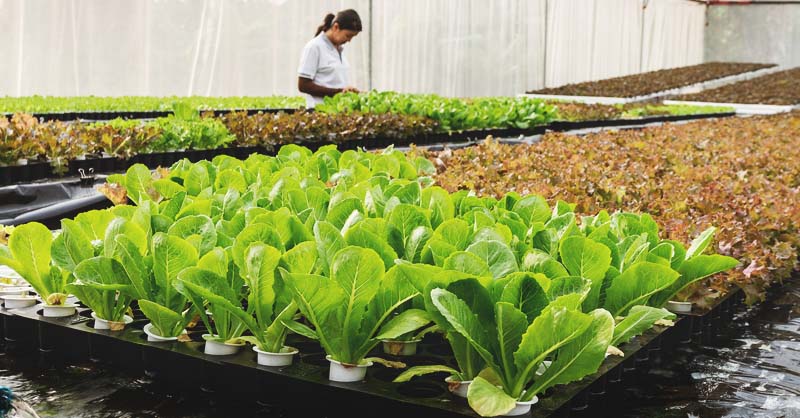
Welcome to the world of aquaponic gardening, where nature and technology come together to create a sustainable and thriving ecosystem. Whether you’re a seasoned green thumb or just starting your gardening journey, this step-by-step guide is here to help you navigate the fascinating world of aquaponics. Imagine growing your own fresh, organic produce while simultaneously raising fish in a mutually beneficial relationship. With aquaponics, you can achieve just that. This innovative method combines aquaculture, the practice of raising fish, with hydroponics, the cultivation of plants in water. By harnessing the power of symbiosis, where fish waste provides nutrients for plants and the plants naturally filter the water, aquaponics offers a sustainable and efficient way to grow food without the need for soil or harmful chemicals. Get ready to dive into the world of aquaponic gardening as we explore the essential steps and techniques to set up your own thriving system, from choosing the right fish and plants to maintaining optimal water quality. Let’s get started on your journey to a greener and more self-sufficient future.
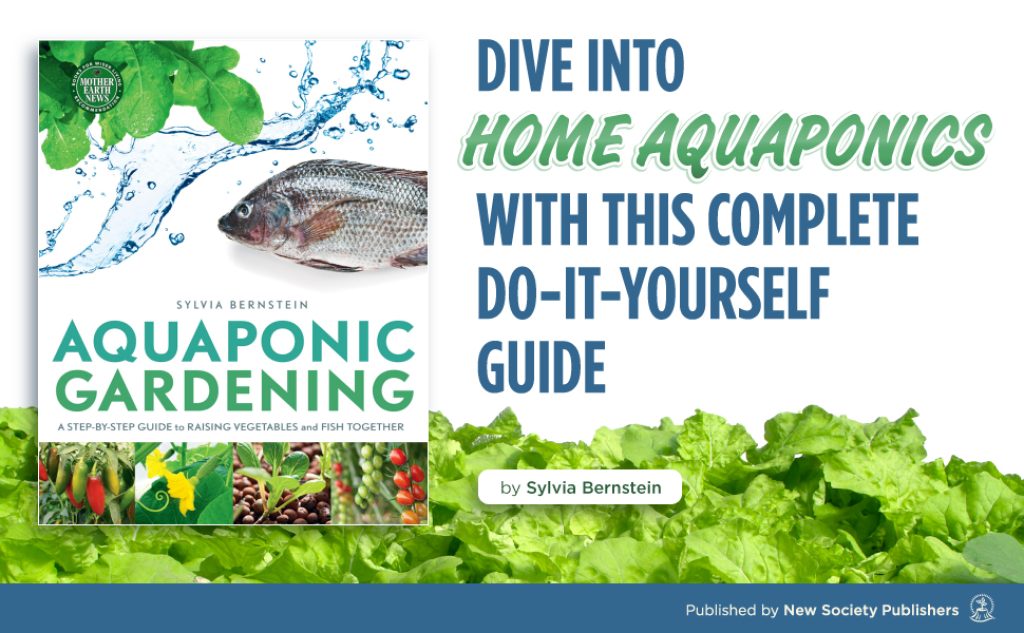
Buy This Aquaponic Gardening a Step by Step Guide From Amazon
What is Aquaponics and How Does it Work?
Aquaponics is an innovative method that combines aquaculture, the practice of raising fish, with hydroponics, the cultivation of plants in water. In this symbiotic system, fish waste provides nutrients for the plants, while the plants naturally filter the water, creating a mutually beneficial relationship. This eliminates the need for soil or harmful chemicals, making aquaponics a sustainable and efficient way to grow food.
Aquaponics relies on the nitrogen cycle. Fish produce waste in the form of ammonia, which is converted into nitrites and then nitrates by beneficial bacteria. These nitrates serve as the primary source of nutrients for the plants, which absorb them through their roots. As the plants take up the nutrients, they purify the water, which is then recirculated back to the fish.
Benefits of Aquaponic Gardening
Aquaponic gardening offers numerous benefits that make it an attractive option for both hobbyists and commercial growers alike.
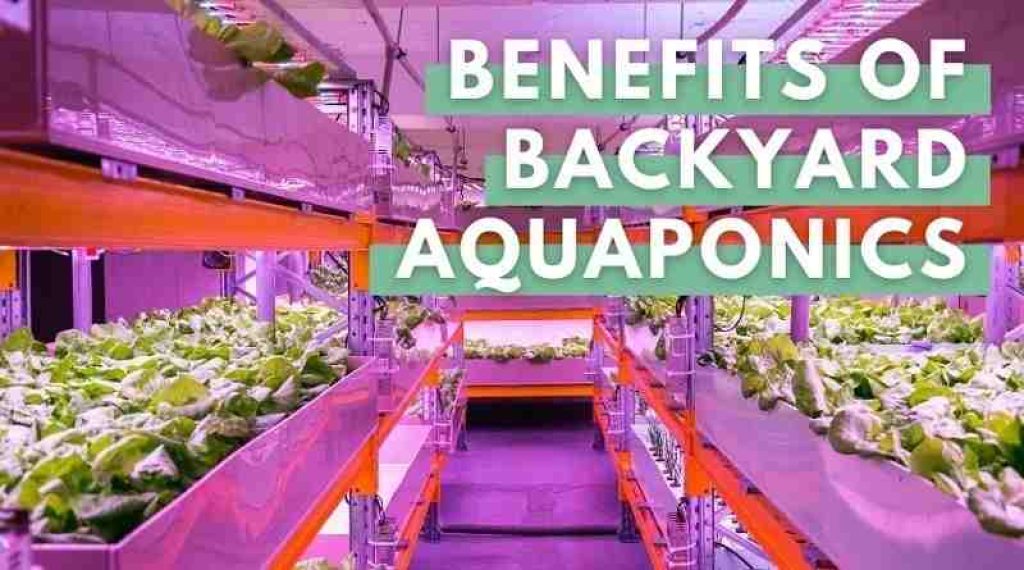
1. **Water Efficiency**: Aquaponics uses significantly less water compared to traditional soil-based gardening. The water is recirculated within the system, reducing water waste.
2. **Sustainable and Organic**: With aquaponics, you can grow your own fresh, organic produce without the use of harmful chemicals or pesticides. The natural symbiosis between fish and plants creates a self-sustaining ecosystem.
3. **Space Saving**: Aquaponic systems can be set up in small spaces, making them suitable for urban environments or areas with limited land availability.
4. **Year-Round Growing**: Aquaponics allows for year-round growing, regardless of the weather conditions. This provides a consistent supply of fresh produce throughout the year.
5. **Higher Yields**: The nutrient-rich water in aquaponic systems promotes faster plant growth and higher yields compared to traditional gardening methods.
Setting up Your Aquaponic System
Now that you understand the basics of aquaponics and its benefits, let’s delve into the essential steps to set up your own thriving system.

1. **Choose the Right Location**: Select a location that receives adequate sunlight and is easily accessible for maintenance. Consider factors such as temperature, humidity, and available space.
2. **Select the Type of Aquaponic System**: There are various types of aquaponic systems, including media beds, nutrient film technique (NFT), and deep-water culture (DWC). Research each type to determine which one suits your needs and resources.
3. **Gather the Necessary Equipment**: Acquire the essential components for your aquaponic system, such as a fish tank, grow beds, pumps, filters, and aeration devices. Ensure that the equipment is of good quality and suitable for the size of your system.
Choosing the Right Fish and Plants for Your Aquaponic Garden
The success of your aquaponic garden depends on selecting the right fish and plants that complement each other’s needs. Here’s what you need to consider:
1. **Fish Selection**: Choose fish species that are compatible with aquaponics, such as tilapia, trout, or catfish. Consider factors like temperature tolerance, growth rate, and market demand for the fish.
Read more about: Aquaponics Fish Types: The complete List
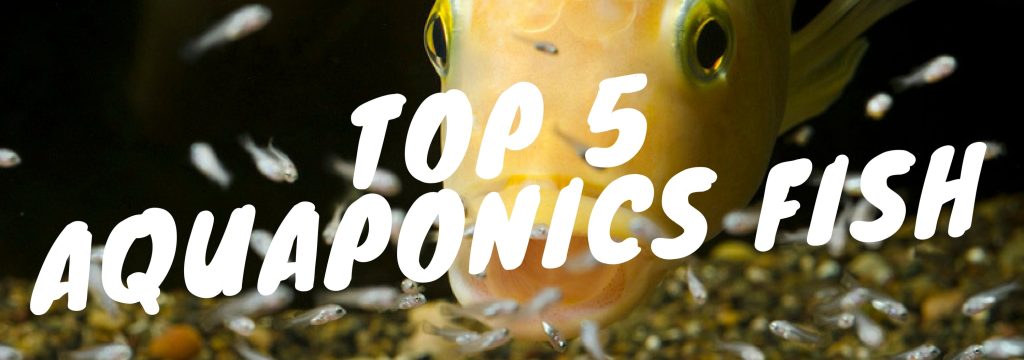
2. **Plant Selection**: Opt for plants that thrive in water-based environments, such as leafy greens, herbs, and certain fruiting plants. Lettuce, basil, mint, and tomatoes are popular choices. Research the nutritional requirements of each plant to ensure they can thrive in your aquaponic system.
Read more about: Aquaponics Plants Types: The complete List
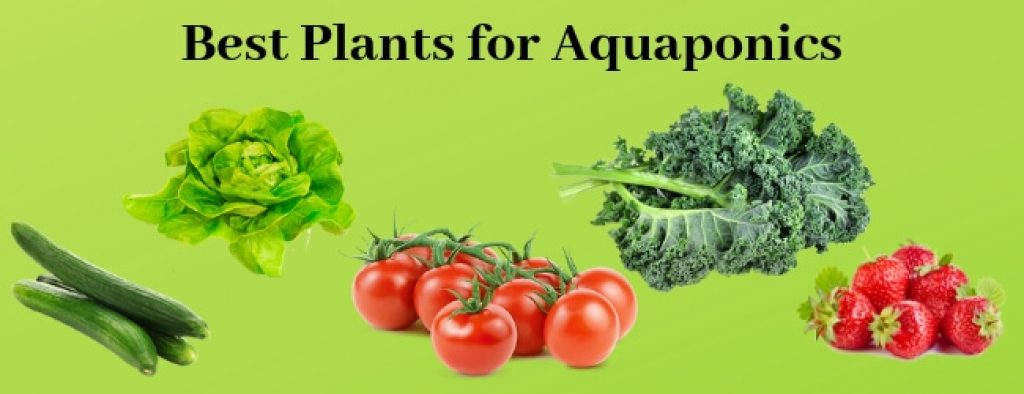
3. **Balance the Fish-to-Plant Ratio**: Maintain a balance between the number of fish and the amount of plants in your system. This ensures that the fish waste provides enough nutrients for the plants without overwhelming them.
Whete to buy Aquaponic Fish and Plants
Aquaponic fish and plants can be purchased from various sources, both online and offline. Here are some places where you can buy aquaponic fish and plants:
1. Aquaponics Supply Stores: There are specialized aquaponics supply stores that offer a wide range of aquaponic fish and plants. These stores may have physical locations or operate online. They provide all the necessary equipment and supplies for setting up and maintaining an aquaponic system, including fish and plant varieties suitable for aquaponics.
We recommend:
2. Aquaponics Farms and Nurseries: Some aquaponics farms and nurseries sell fish and plants directly to consumers. Visiting these farms or nurseries gives you the advantage of seeing the system in action and getting expert advice on the best fish and plants for your specific setup.
3. Online Retailers: Many online retailers specialize in aquaponic supplies and offer a variety of fish and plant options. They often provide detailed information about each species and its suitability for aquaponics. Make sure to read reviews and check the reputation of the retailer before making a purchase.
4. Local Fish Stores (LFS) and Pet Shops: Some local fish stores and pet shops carry fish species that are suitable for aquaponics. While they may not have a specific aquaponics section, they might have fish varieties commonly used in aquaponic systems, such as tilapia or trout.
5. Aquaponics Enthusiast Forums and Groups: Aquaponics forums and social media groups often have community members who sell or trade fish and plants. Joining these communities can help you connect with other aquaponics enthusiasts and find suitable fish and plant options.
6. Farmers’ Markets and Agricultural Expos: In some areas, you may find aquaponics farmers selling their produce, including fish and plants, at local farmers’ markets or agricultural expos. This provides an opportunity to buy directly from the source and support local producers.
Important Considerations:
- Local Regulations: Before purchasing aquaponic fish, ensure that you are aware of any local regulations or restrictions regarding fish species that can be kept in your area.
- Fish Health and Quality: When buying fish, ensure that they are healthy and free from diseases. Healthy fish are essential for the success of your aquaponic system.
- Plant Varieties: Choose plant species that thrive in aquaponic environments and complement the fish you plan to keep. Leafy greens, herbs, and some fruiting plants are popular choices for aquaponics.
- Compatibility: Ensure that the fish and plants you choose are compatible with each other and have similar environmental requirements.
Maintaining Water Quality in Your Aquaponic System
Water quality is crucial for the health and well-being of both your fish and plants. Here are some key factors to monitor and maintain:
1. **pH Levels**: Maintain a pH level between 6.8 and 7.2, as this range is optimal for nutrient availability and fish health. Test the pH regularly and make adjustments as necessary using pH adjusters.
2. **Ammonia and Nitrate Levels**: Monitor ammonia and nitrate levels to ensure they remain within safe limits for the fish. High ammonia can be toxic, while low nitrate levels can hinder plant growth. Regularly test the water and perform partial water changes if necessary.
3. **Temperature and Oxygen Levels**: Fish and plants have specific temperature and oxygen requirements. Install a thermometer and aeration system to maintain suitable conditions for their growth and survival.
Feeding and Caring for Your Fish
Proper fish care is essential for their health and overall system balance. Consider the following tips:
1. **Feed a Balanced Diet**: Choose high-quality fish feed that meets the nutritional needs of your fish species. Feed them an appropriate amount at regular intervals, ensuring they consume the food within a few minutes.
2. **Monitor Fish Health**: Observe your fish regularly for signs of illness or stress, such as abnormal behavior, loss of appetite, or physical abnormalities. Take immediate action if any issues arise to prevent the spread of disease.
3. **Maintain Water Temperature**: Keep the water temperature within the recommended range for your fish species. Sudden temperature fluctuations can be stressful and harmful to their health.
Monitoring and Managing Plant Growth in Your Aquaponic Garden
To ensure optimal plant growth and productivity, follow these guidelines:
1. **Monitor Nutrient Levels**: Regularly test the nutrient levels in your system to ensure they are sufficient for plant growth. Adjust the nutrient solution as needed to maintain optimal levels.
2. **Prune and Harvest Regularly**: Trim and prune your plants to maintain their shape and prevent overcrowding. Harvest ripe produce promptly to encourage continuous growth and prevent nutrient imbalances.
3. **Monitor Pest and Disease Control**: Keep an eye out for pests or signs of disease in your plants. Implement preventive measures, such as using organic pest controls or adjusting environmental conditions, to minimize the risk.
Troubleshooting Common Issues in Aquaponic Gardening
Even with careful planning and maintenance, issues may arise in your aquaponic system. Here are some common problems and their solutions:
1. **Algae Growth**: Excessive algae growth can deplete oxygen levels and hinder plant growth. Install light-blocking materials or implement biological controls, such as adding algae-eating fish or snails.
2. **Fish Health Issues**: If you notice signs of fish illness, isolate the affected fish and treat them accordingly. Consult with an aquatic veterinarian or experienced aquaponic gardener for proper diagnosis and treatment.
3. **Plant Nutrient Deficiencies**: Monitor your plants for nutrient deficiencies, such as yellowing leaves or stunted growth. Adjust the nutrient solution or add specific nutrients to address the deficiency.
Harvesting and Enjoying the Fruits of Your Aquaponic Garden
The time has finally come to reap the rewards of your hard work. Here’s how to harvest and enjoy the delicious produce from your aquaponic garden:
1. **Harvesting Techniques**: Harvest your crops when they reach maturity. Use appropriate techniques for different plants, such as cutting leafy greens at the base or gently plucking ripe fruits. Handle the produce with care to avoid damage.
2. **Storage and Consumption**: Store harvested produce in a cool and dry place to maintain freshness and quality. Enjoy your homegrown vegetables and herbs in salads, stir-fries, or any other delicious dishes.
Conclusion: Embracing Sustainable Gardening with Aquaponics
Aquaponic gardening offers a unique and sustainable approach to growing food while minimizing environmental impact. By harnessing the power of symbiosis between fish and plants, you can create a thriving ecosystem that provides fresh, organic produce year-round. With the knowledge and guidance provided in this step-by-step guide, you’re now ready to embark on your aquaponic gardening journey. So get started and enjoy the rewards of this innovative and rewarding method of food production.
Remember, your aquaponic garden is not only a source of nourishment but also a testament to your commitment to a greener and more self-sufficient future. Happy gardening!
Sources:






